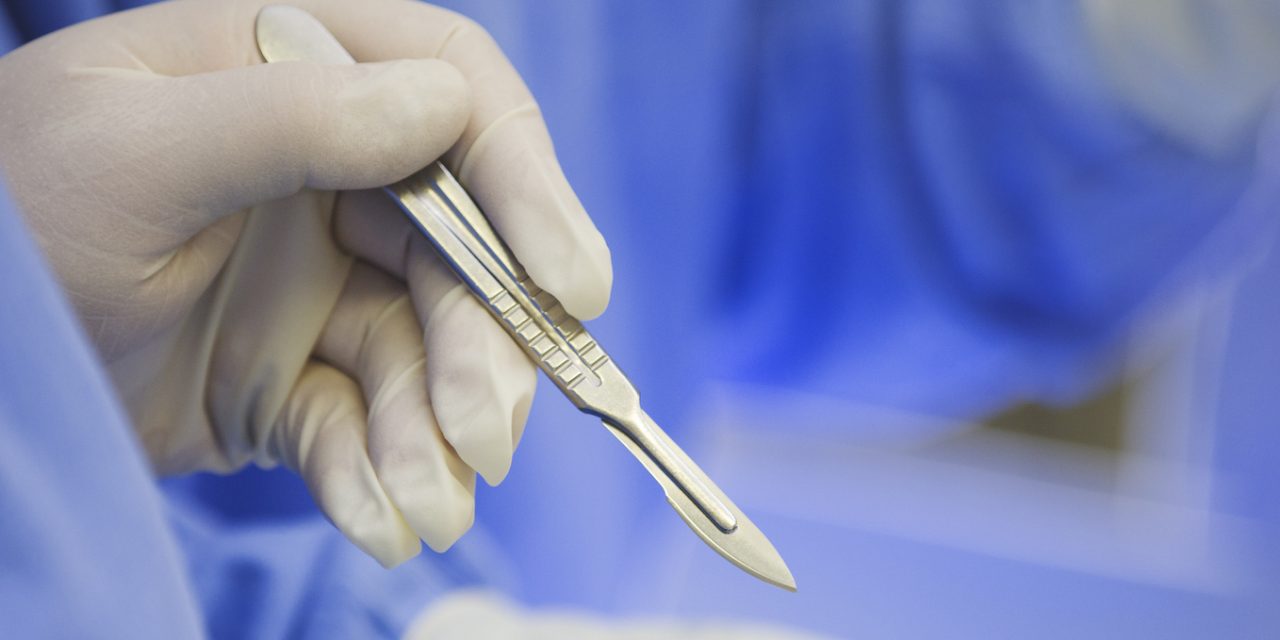Participation in physical activity and sports is known to have positive implications for physical health, and for social and emotional wellbeing of children. Following corrective spinal surgery for scoliosis, the timeline for the return to activities and sports varies from surgeon to surgeon and from location to location, and return to activities can be limited due to pain, fear, and decreased flexibility. It is critical that patients know best-practice guidelines, and it is equally critical that medical professionals know whether their patients are following those guidelines. This paper includes a summary of recommendations published in the literature, and a pilot study to address a gap in the literature on determining how long, post-surgery, adolescents with idiopathic scoliosis waited before returning to various self-care and physical activities, and what factors influenced return to activities. We used a mixed-method approach that involved two phases: a questionnaire (n = 8), and subsequent interviews of some participants (n = 3). Participants were ages 14-17 (M = 15.4) and had had posterior instrumentation and fusion for scoliosis in the past 2 years.
Some patients were cautious about return to activities, either because of emotional or medical reasons. However, in many instances, participants returned to physical activities earlier than was recommended, primarily for emotional and social reasons.
Timelines for returning to physical activity following pediatric spinal surgery: recommendations from the literature and preliminary data.


